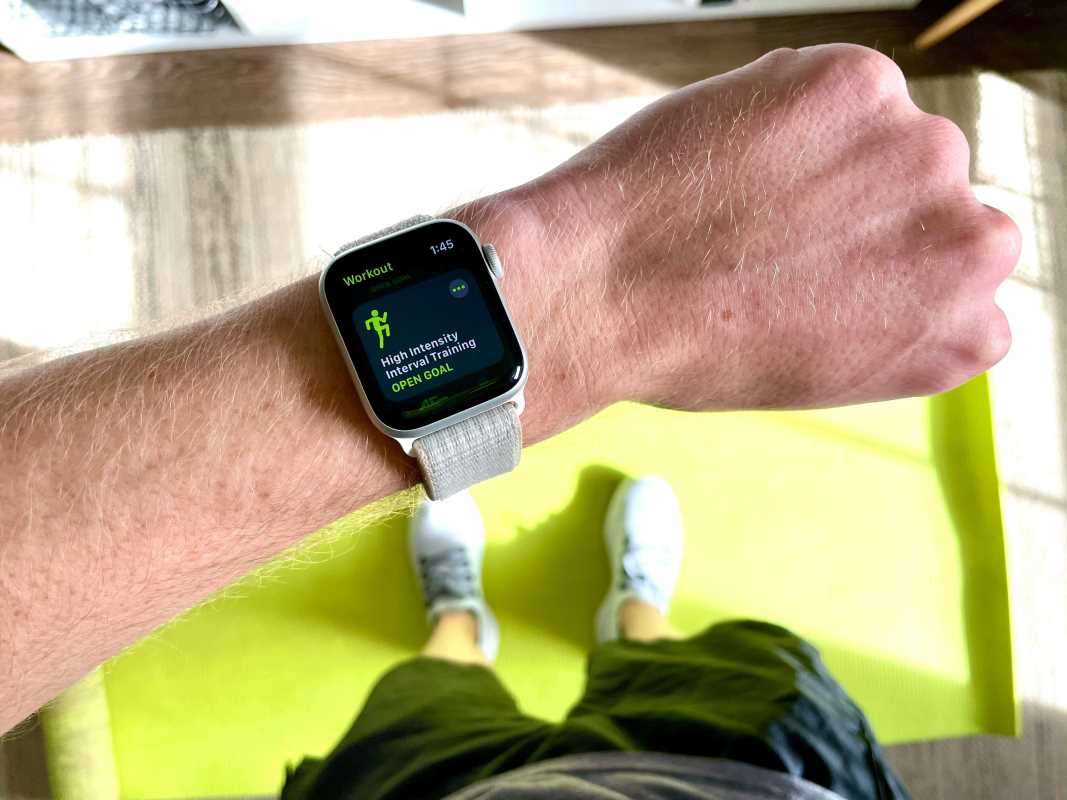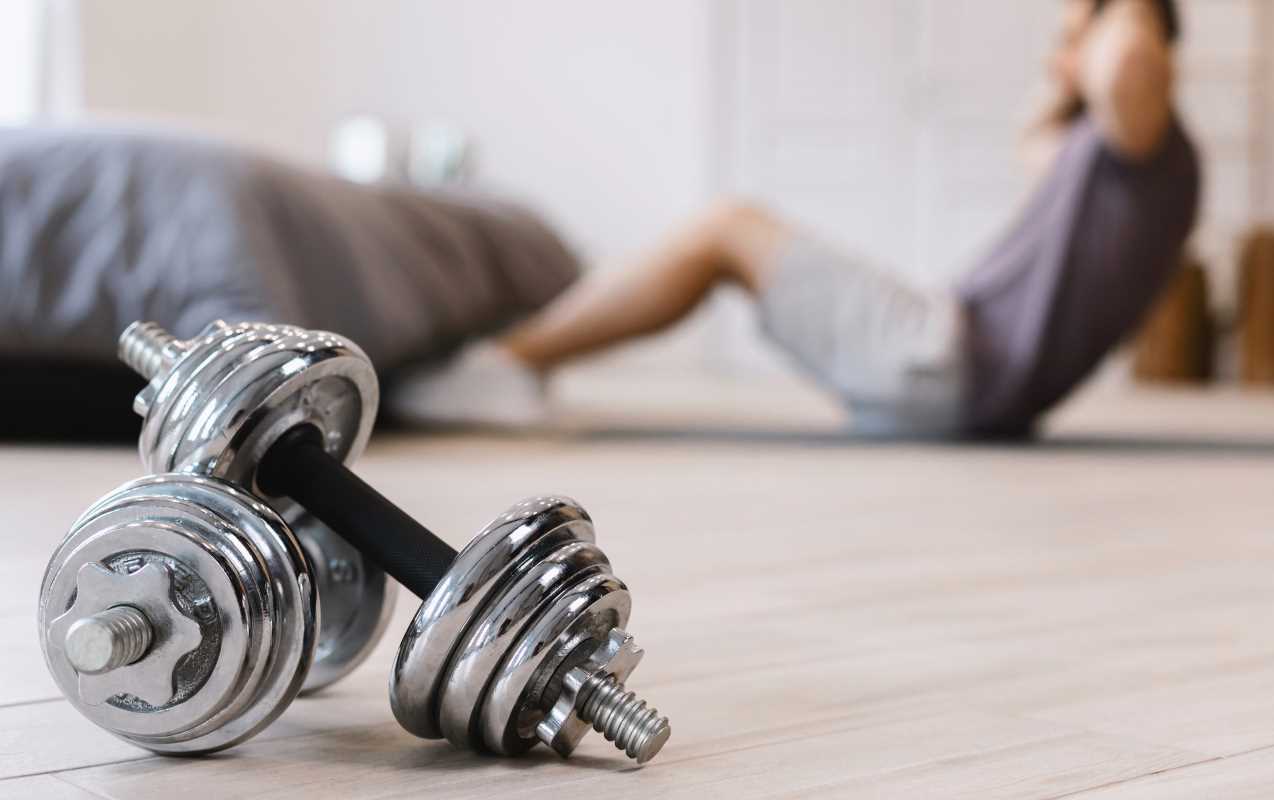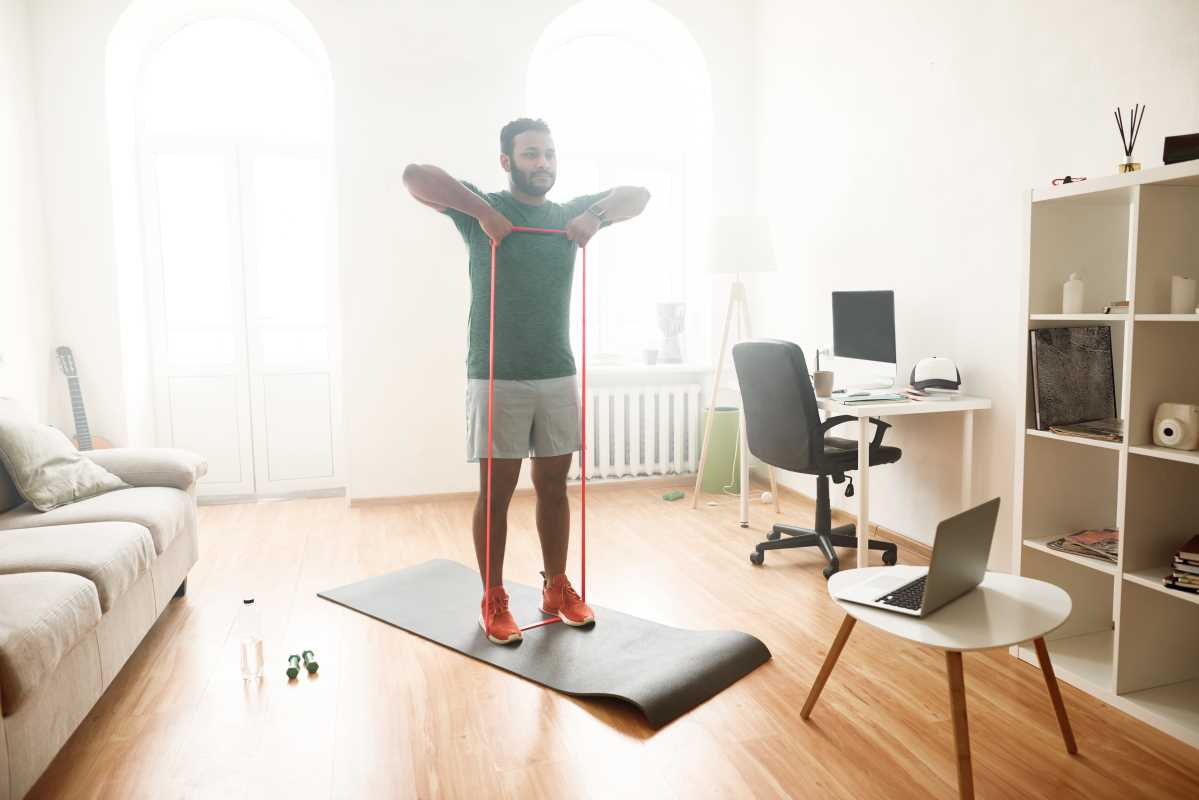In the fast-paced world of technology, professionals often find themselves juggling demanding schedules that leave little room for personal health and fitness. High-Intensity Interval Training (HIIT) offers a viable solution for those seeking efficient and effective workouts that can seamlessly integrate into a busy lifestyle. By alternating short bursts of intense exercise with periods of rest or low-intensity activity, HIIT maximizes workout benefits in minimal time, making it particularly suitable for tech professionals who prioritize productivity and time management.
The appeal of HIIT lies not only in its time efficiency but also in its scientifically backed ability to enhance both physical and mental health. For individuals who spend long hours seated in front of computers, incorporating HIIT can counteract the adverse effects of a sedentary lifestyle, promoting overall well-being without necessitating extensive time commitments. This article delves into the fundamentals of HIIT, explores its scientific underpinnings, and provides practical guidance for integrating this training method into the hectic lives of tech industry professionals.
The Basics of HIIT
High-Intensity Interval Training is characterized by its alternating structure of high-intensity exercises and rest or low-intensity periods. This method is designed to push the body to its limits during the intense phases, followed by sufficient recovery time to prepare for the next burst.
- Short Duration: Typically, HIIT workouts range from 10 to 30 minutes, making them ideal for individuals with tight schedules.
- Intensity: Exercises are performed at near-maximum effort, elevating heart rate and metabolic rate significantly.
- Variety of Exercises: HIIT can include a mix of cardio, strength training, and plyometric movements, ensuring a comprehensive workout.
- Flexible Structure: The intervals can be customized based on fitness levels and specific goals, allowing for personalized training regimens.
- Minimal Equipment: Many HIIT exercises require little to no equipment, making it accessible for those working out at home or in limited spaces.
Scientific Principles of HIIT
HIIT leverages several physiological mechanisms to deliver its benefits efficiently. One of the primary principles is the enhancement of the body's anaerobic and aerobic energy systems. During high-intensity intervals, the body relies on anaerobic metabolism to quickly generate energy, which increases overall cardiovascular capacity and muscular endurance.
Additionally, HIIT stimulates the production of growth hormone, which plays a crucial role in muscle repair and fat metabolism. The intense nature of the workouts also leads to the phenomenon of excess post-exercise oxygen consumption (EPOC), where the body continues to burn calories at an elevated rate even after the workout has concluded. This metabolic boost contributes to improved fat loss and increased metabolic rate over time.
Benefits of HIIT for Tech Professionals
HIIT offers numerous advantages tailored to the unique needs of individuals in the technology sector:
- Time Efficiency: With workouts lasting as little as 20 minutes, HIIT fits seamlessly into busy schedules.
- Enhanced Cognitive Function: Regular high-intensity exercise has been linked to improved memory, focus, and overall cognitive performance, which are critical for tech professionals.
- Stress Reduction: HIIT can help mitigate stress by releasing endorphins and reducing cortisol levels, promoting mental well-being.
- Improved Cardiovascular Health: Consistent HIIT practice strengthens the heart and increases lung capacity, reducing the risk of cardiovascular diseases.
- Flexibility in Training: The adaptable nature of HIIT allows for workouts that can be performed at home or in the office, accommodating different environments.
Incorporating HIIT into a Busy Schedule
Integrating HIIT into a demanding work routine requires strategic planning and commitment. One effective approach is to designate specific times during the week dedicated to HIIT sessions, treating these appointments with the same importance as professional meetings. By blocking out 20 to 30 minutes for exercise, tech professionals can ensure consistency without overwhelming their daily agendas.
Another tactic is to leverage short bursts of activity throughout the day. For instance, a quick set of jumping jacks, burpees, or sprint intervals can be performed during breaks or between tasks, contributing to overall fitness without the need for lengthy workout sessions. Utilizing tools such as timer apps can help manage interval timings and maintain the structure necessary for effective HIIT workouts.
Common Misconceptions About HIIT
Despite its popularity, HIIT is often surrounded by misconceptions that can deter individuals from embracing its benefits. A prevalent myth is that HIIT is unsuitable for beginners or those with limited fitness levels. In reality, HIIT can be scaled to accommodate various fitness levels, allowing gradual progression as strength and endurance improve.
Another misunderstanding relates to the perception that HIIT is solely focused on cardiovascular improvement, neglecting its strength-building potential. The science behind HIIT demonstrates that when resistance exercises are incorporated, HIIT effectively enhances muscular strength and endurance alongside cardiovascular health. Dispelling these myths can encourage more individuals to explore and benefit from HIIT training.
Practical Tips for Getting Started
For those new to HIIT, starting with manageable workouts is essential to prevent injury and ensure long-term adherence. Begin by selecting a combination of exercises that engage different muscle groups, such as squats, push-ups, and high knees, and alternate between 30 seconds of intense activity and 30 seconds of rest. This structure can be adjusted based on individual fitness levels, gradually increasing the intensity and duration of intervals as endurance builds.
Consistency is key to reaping the benefits of HIIT. Setting realistic goals, such as completing three HIIT sessions per week, can help establish a sustainable routine. Additionally, incorporating a proper warm-up and cool-down period can enhance performance and aid in recovery, reducing the risk of injury. Seeking guidance from fitness professionals or utilizing reputable online resources can provide valuable support and ensure that exercises are performed with correct form.
Incorporating HIIT into daily life doesn't require drastic changes. Simple adjustments, such as using a standing desk or taking active breaks, can complement HIIT workouts and contribute to overall health. By prioritizing physical activity and leveraging the efficiency of HIIT, tech professionals can achieve a balanced and healthy lifestyle without compromising their professional commitments.
High-Intensity Interval Training represents a powerful tool for busy tech professionals seeking to enhance their physical and mental well-being. Its flexible structure, backed by robust scientific principles, makes it an ideal choice for those with demanding schedules. By understanding the fundamentals of HIIT, addressing common misconceptions, and implementing practical strategies, individuals can effectively incorporate this training method into their lives, reaping substantial health benefits while maintaining their professional productivity.







